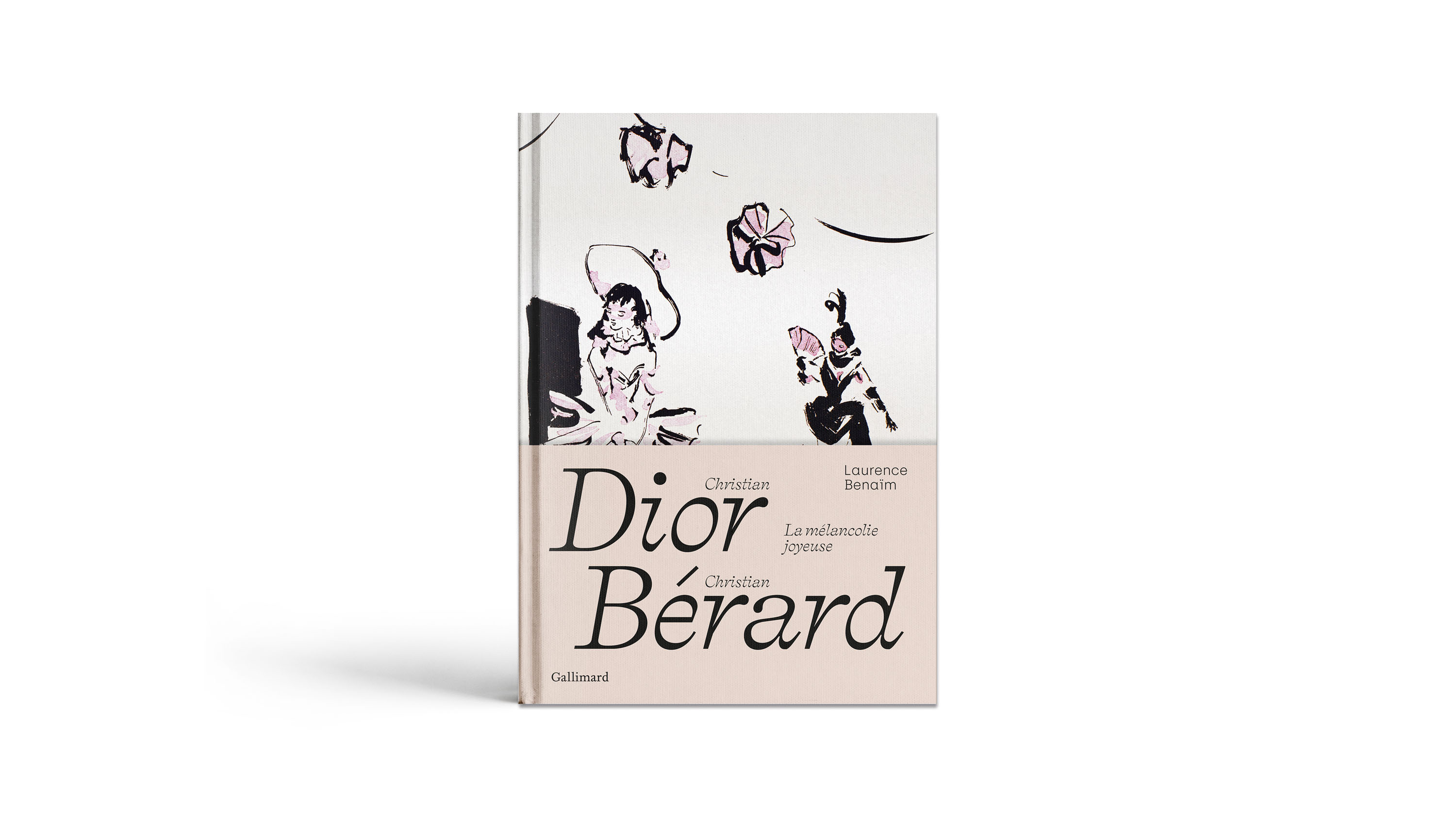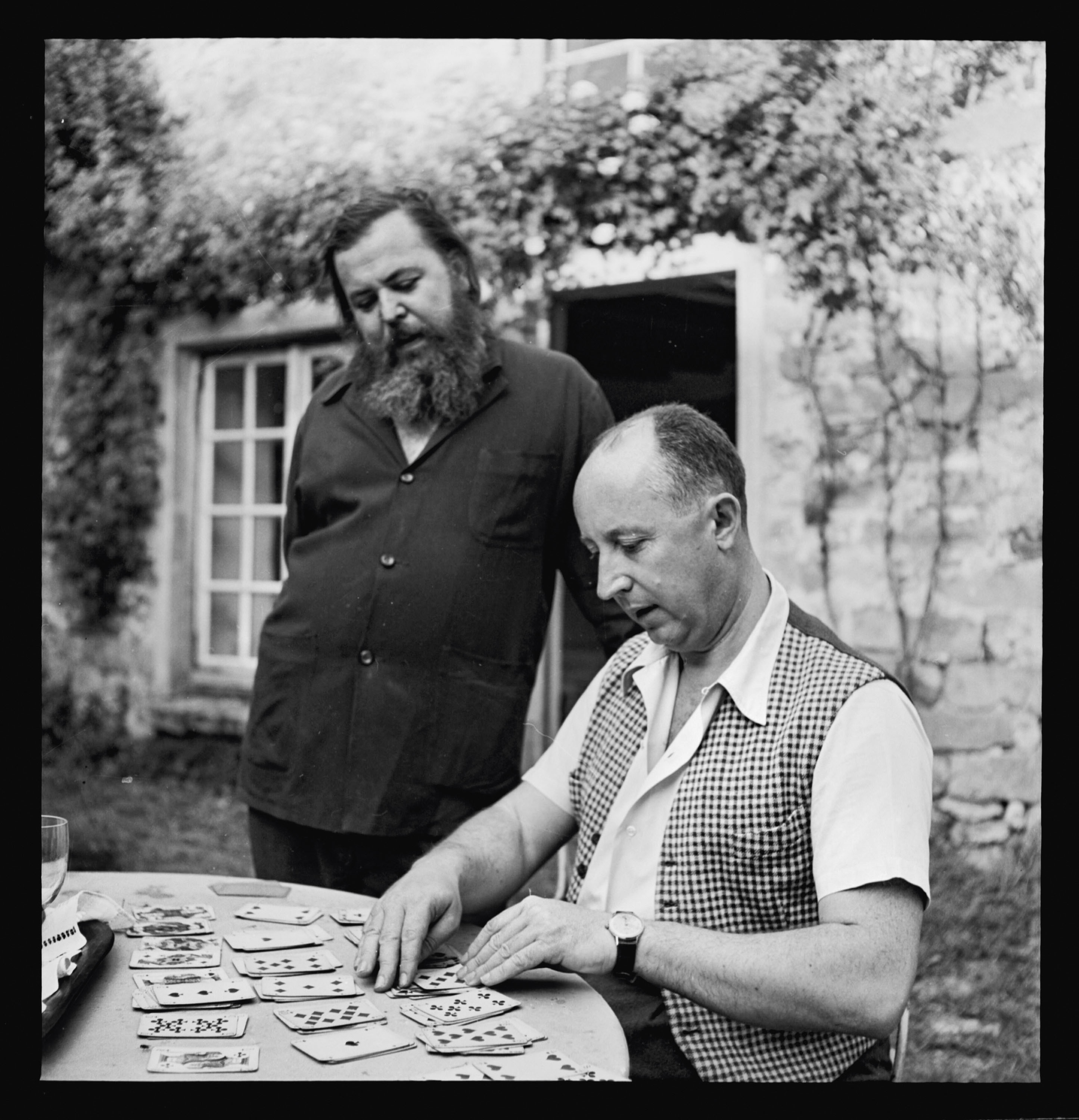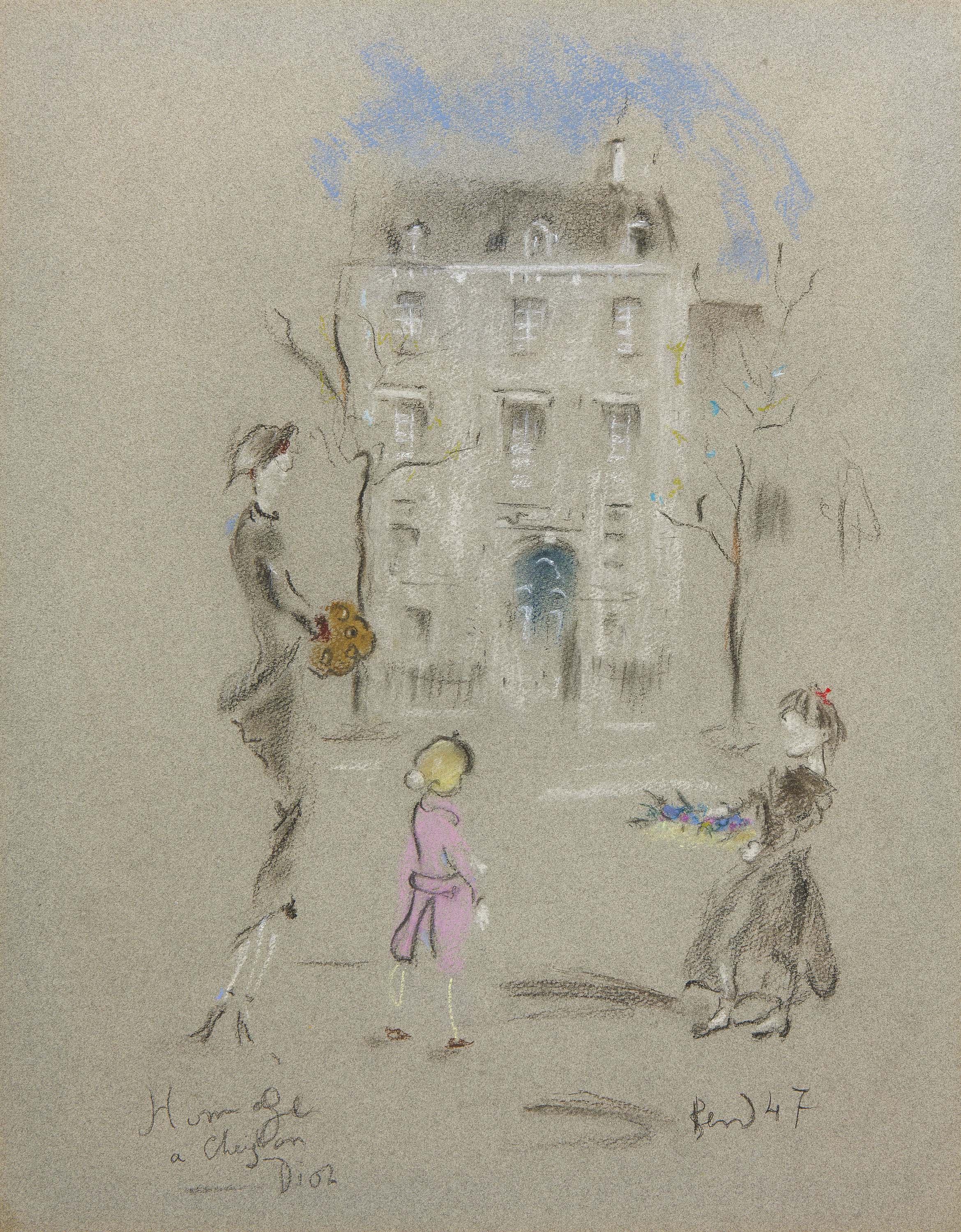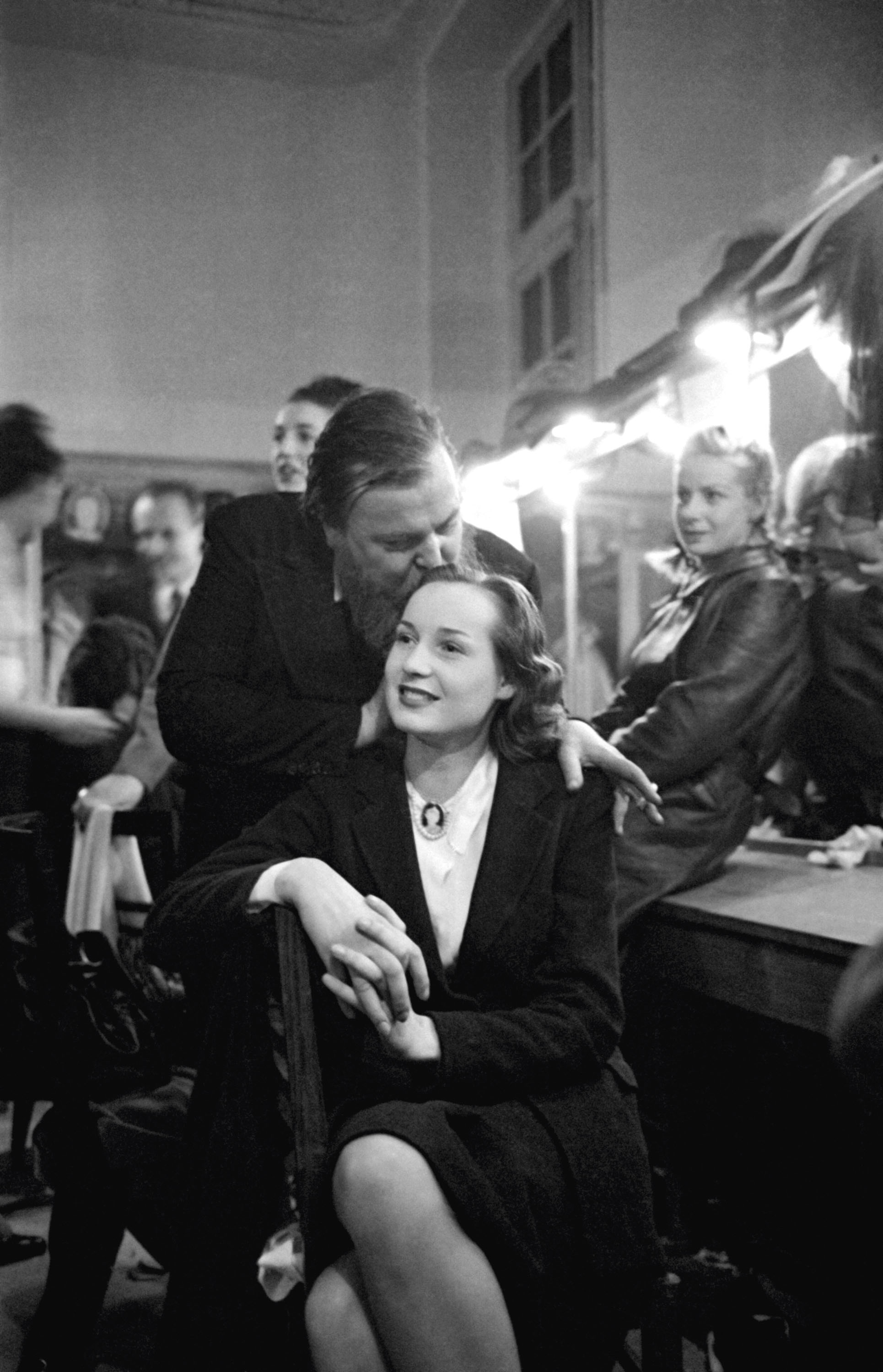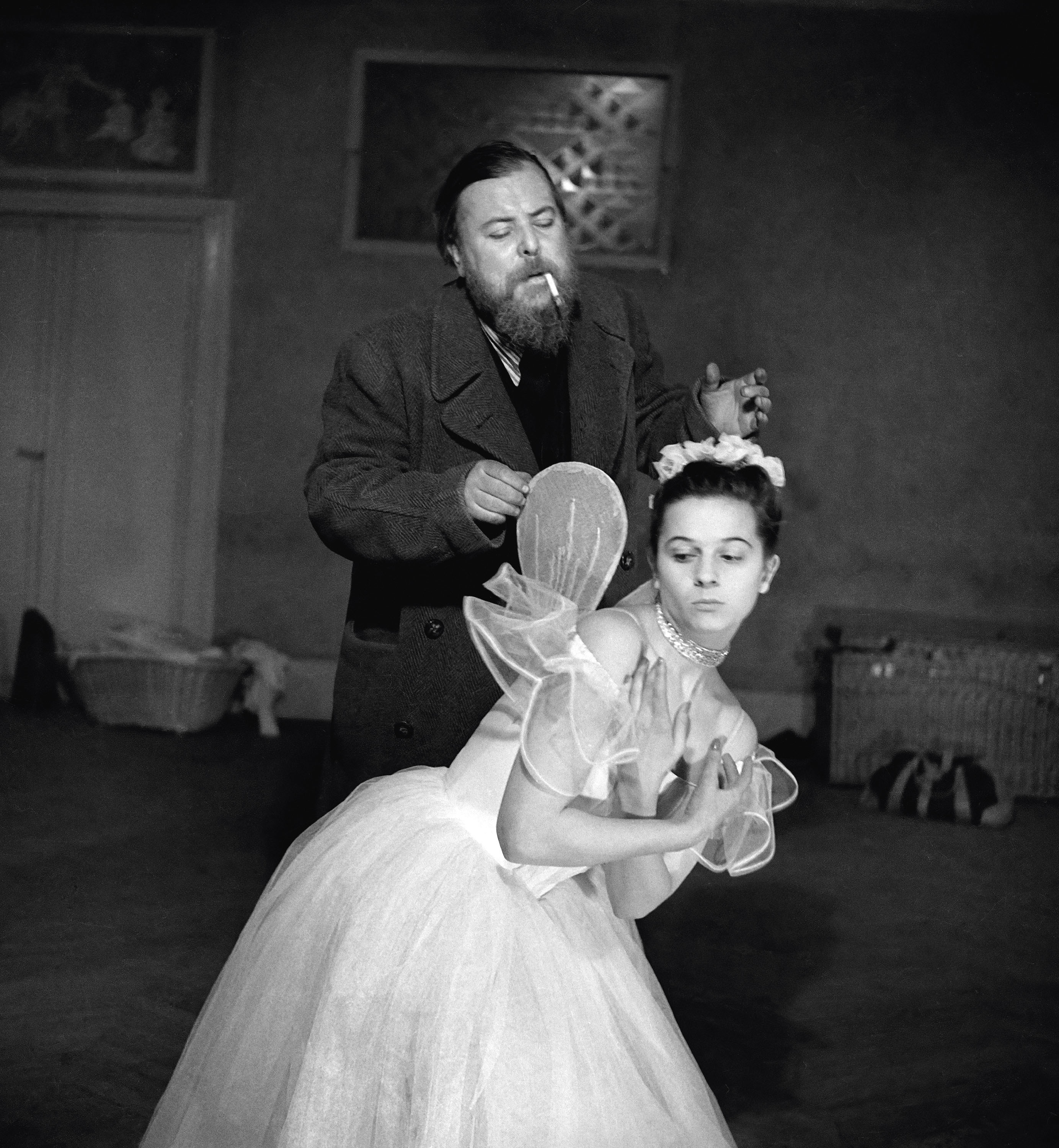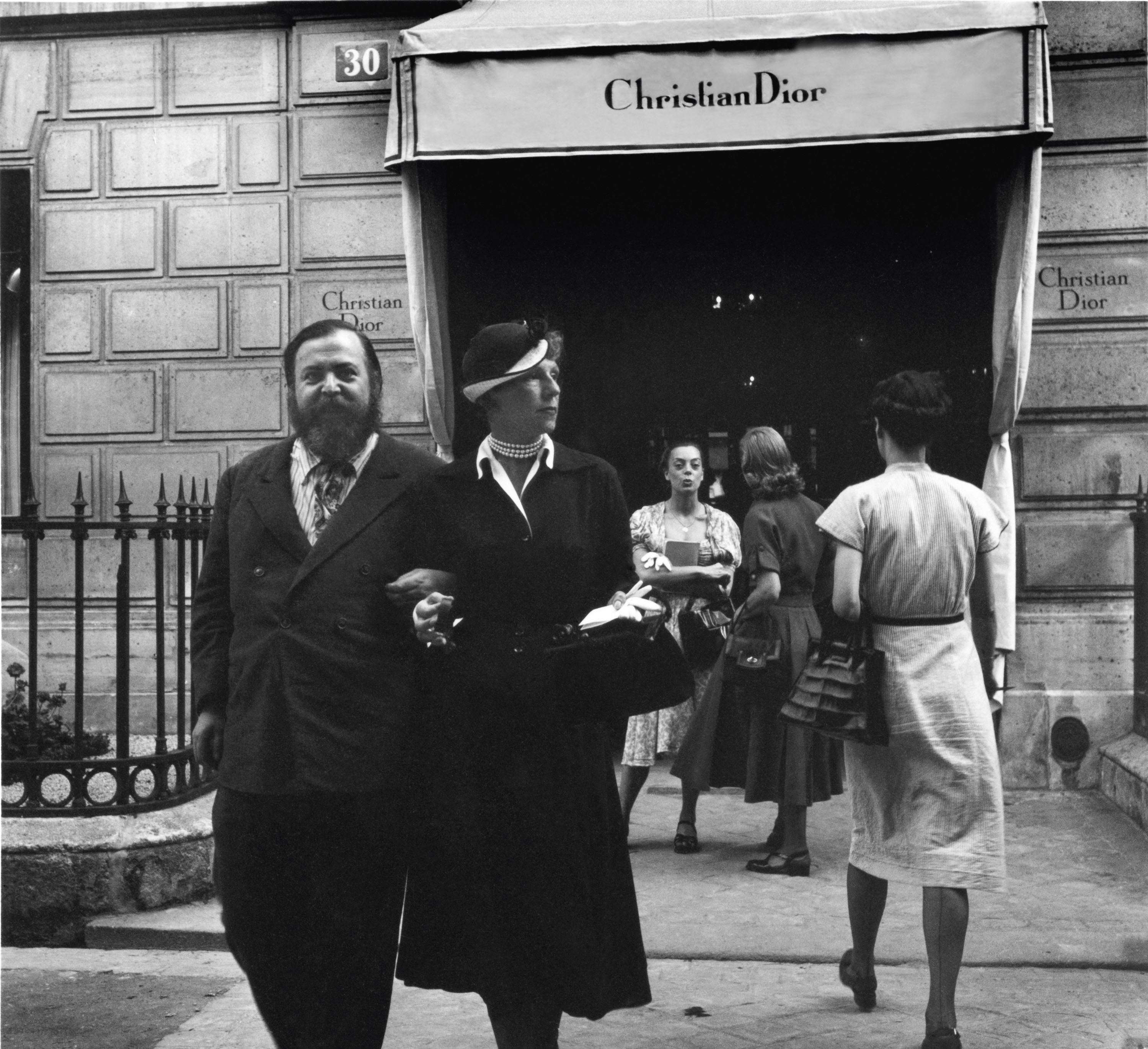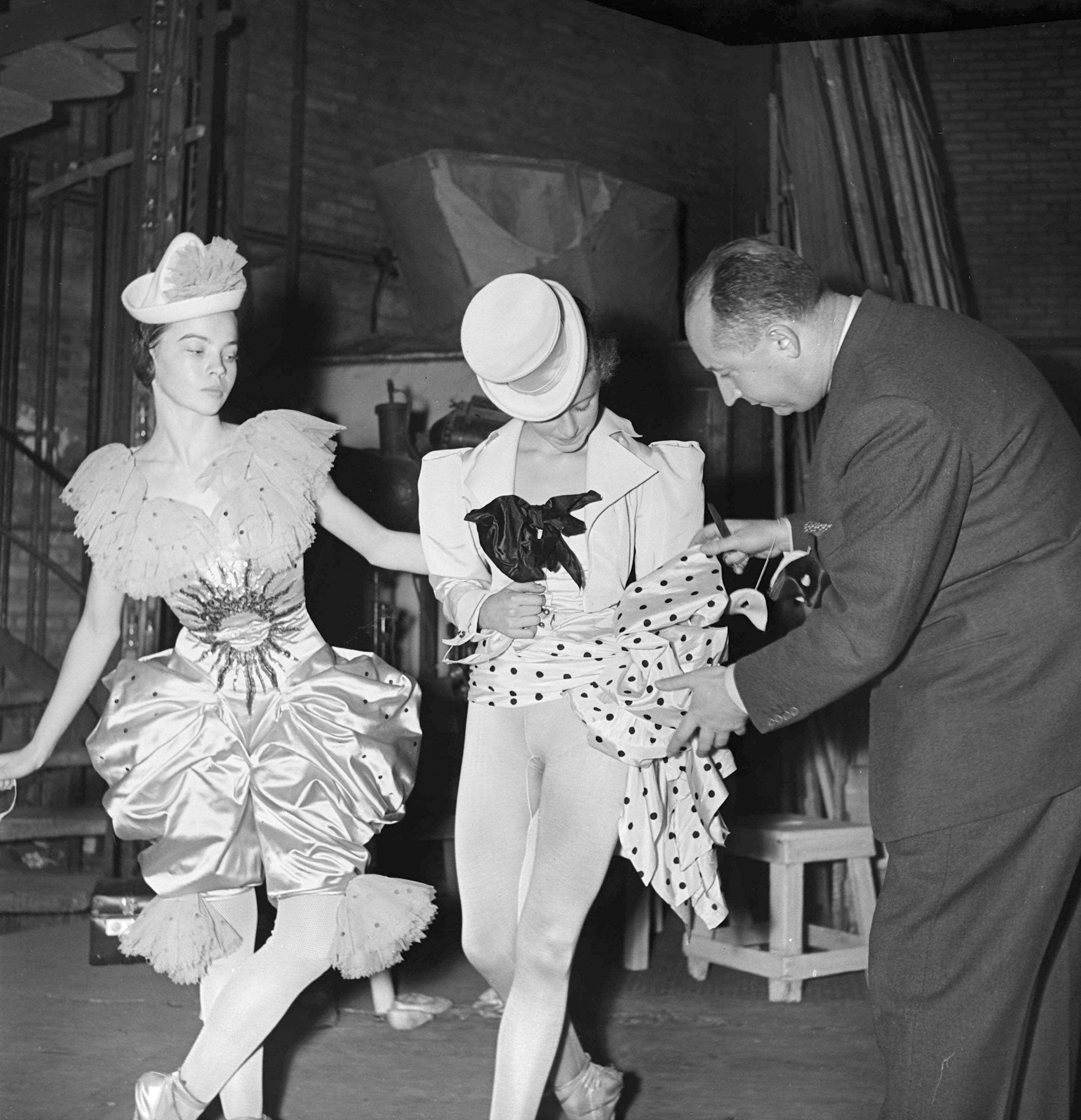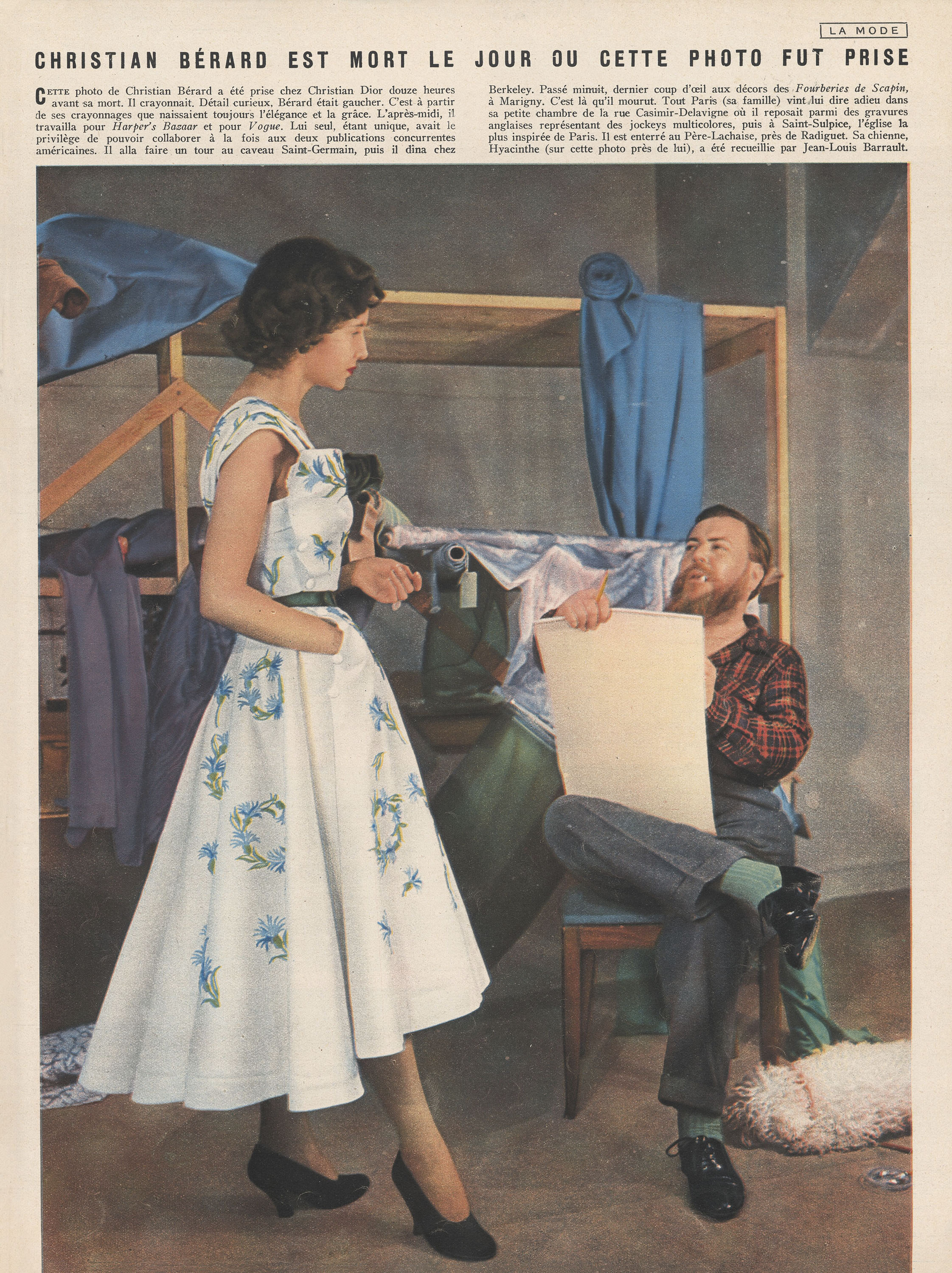| For one thing, his silhouette never went unnoticed. Hair on end, a bushy red beard, an eruptive laugh. Always a stained suit covered with smudges of paint or pastels. At his heels, like an equally shaggy shadow, was a little dog, Jacinthe, who never left his side and went from previews and haute couture shows to the studio and fashionable cabarets... That, in sum, was the portrait of the artist Christian Bérard. A jack-of-all-trades of rare talent. A man-about-town with incomparable flair. |
| “Bébé”, as his friends called him, was born into a bourgeois milieu that, early on, exposed him to the fine arts. In 1920, he enrolled at the Académie Ranson art school. Influenced by the artists Édouard Vuillard and Maurice Denis, he learned to paint and travelled to Italy in pursuit of beauty… With his paintbrush, Bérard resisted avant-garde currents, such as Cubism, which he was quick to criticize: “I could never be interested in what happens when a guitar is cut into four.” While some tried to assimilate him with the “neo-humanists”, above all Bébé had a style all his own. He imagined dreamlike scenes, phantasmic characters, fanciful ruins. He invented landscapes, trompe-l’œils, friezes. Soon, Le Tout-Paris couldn’t get enough of him. The illustrious decorator Jean-Michel Frank commissioned Bérard to design painted paravent screens that became all the rage. Then, theatre doors opened to him. Christian Bérard befriended Jean Cocteau and Louis Jouvet, who saw in him “a meandering rainbow”. Fascinated by the Ballets Russes by Diaghilev, whose secretary was his companion, Boris Kochno, Bérard constructed unexpected scenery. He worked on stagings for the hit plays of the era: La Machine Infernale by Jean Cocteau, La Folle de Chaillot by Jean Giraudoux, Les Bonnes by Jean Genet. He revisited the classics, such as Molière’s L’École des Femmes or Dom Juan. The legendary choreographer Roland Petit enlisted him for the ballet. Film work followed, once again with Cocteau, for whom he designed the sets and costumes for Beauty and the Beast in 1946, including the celebrated, monstrous mask worn by actor Jean Marais as the Beast. |
“That arbiter of all parties and elegance, Christian Bérard, our dear ‘Bébé’, with his unerring taste, came (...) to see the collection that was being prepared. (...) We awaited, our hearts pounding, his verdict.”
